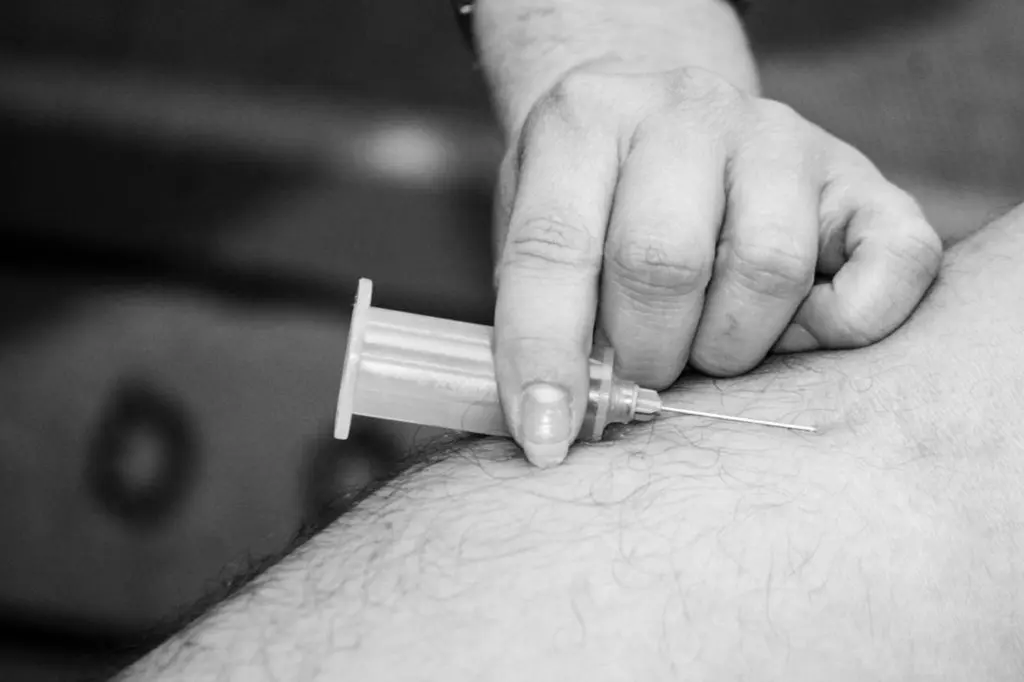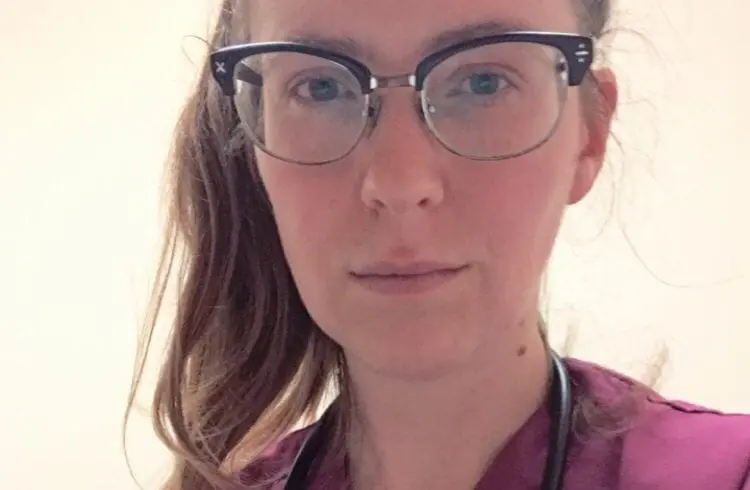The second best thing to practice a skill on other then a person is a SIM doll. Simulation dolls are used during SIM labs to reenact a situation that you have to fix and use the Practical Nursing skills learned from that term to fix it.
Simulation dolls are controlled by the teacher using a computer that allows for them to have a pulse, blood pressure, wounds, breathing and coughing sounds, heart beat, yell and make noises and so much more. Before a simulation class, we have a scenario to read and then the day of SIMs class we have to be the nurse while the teacher changes different parts on the SIM doll, like slowing down the pulse or raising the blood pressure while the patient screams. These situations allow for us to critically think under pressure with all the other students watching you.
Practicing with SIM dolls
Working with interactive dolls can be difficult at times because they cannot talk. Someone is playing the voice of them when you are being the nurse. Finding the pulse and blood pressure is harder on the SIM dolls as apposed to a real person, but I think it allows good practice for us.
Simulation Education on SIM dolls allow us to get good practice at doing head to toes, because some of them have frost bite, wounds all over their body and practicing how to do perineal care on them, as apposed to a classmate is easier.
The SIM dolls are very heavy, so when it comes to auscultating the back of their chest, you need 2 people to hold it to lean it over otherwise it will fall. Most parts of the SIM doll also come out and they can be used interchangeably. One of the SIM dolls even has breasts, and that is the one we used during our maternity class.
Simulation classes
The instructors role in a simulation lab is to control what the SIM doll does. They are also the voice of the SIM doll. They watch us play the nurses, asking us questions and making the doll do anything they want. Having one teacher per group allows for us to get lots of feedback when performing our assessments on the doll. Simulation classes are set up at the end of each semester and are split up between morning and afternoon lab.
There are a few different scenarios we run through and different roles you play. There’s a primary nurse who does the assessments, head to toes and QPA, the secondary nurse that does vitals and medications/injections as well as someone to chart, then the other classmates sit and watch and can help us if we get stuck. It can be intimidating with everyone watching you but it allows lots of feedback and help, which is very helpful in expanding your knowledge. Simulation education allows for a different learning atmosphere versus using other students and is a very good way to expand our learning.
Check out this video of our Practical Nursing Program.










